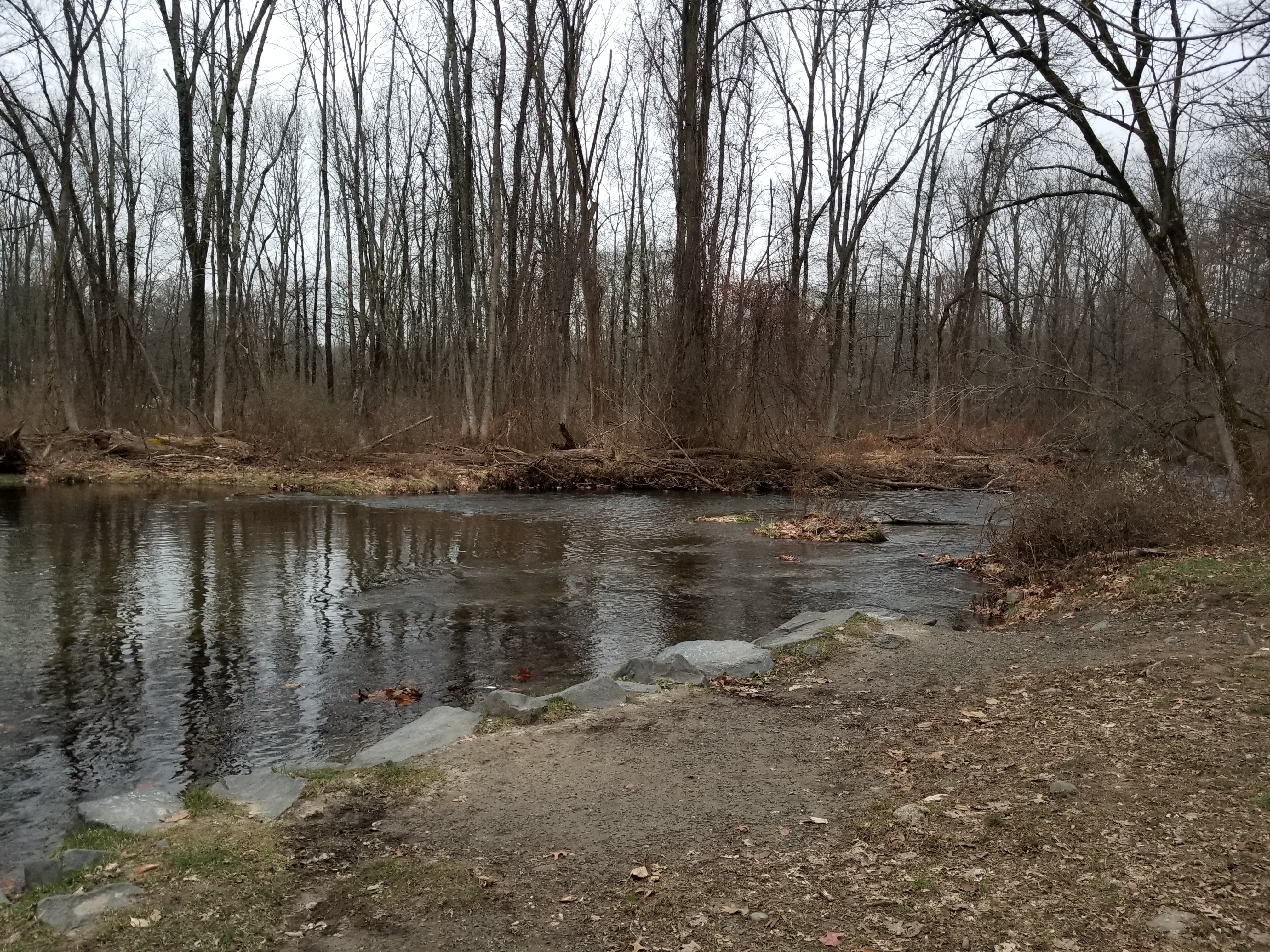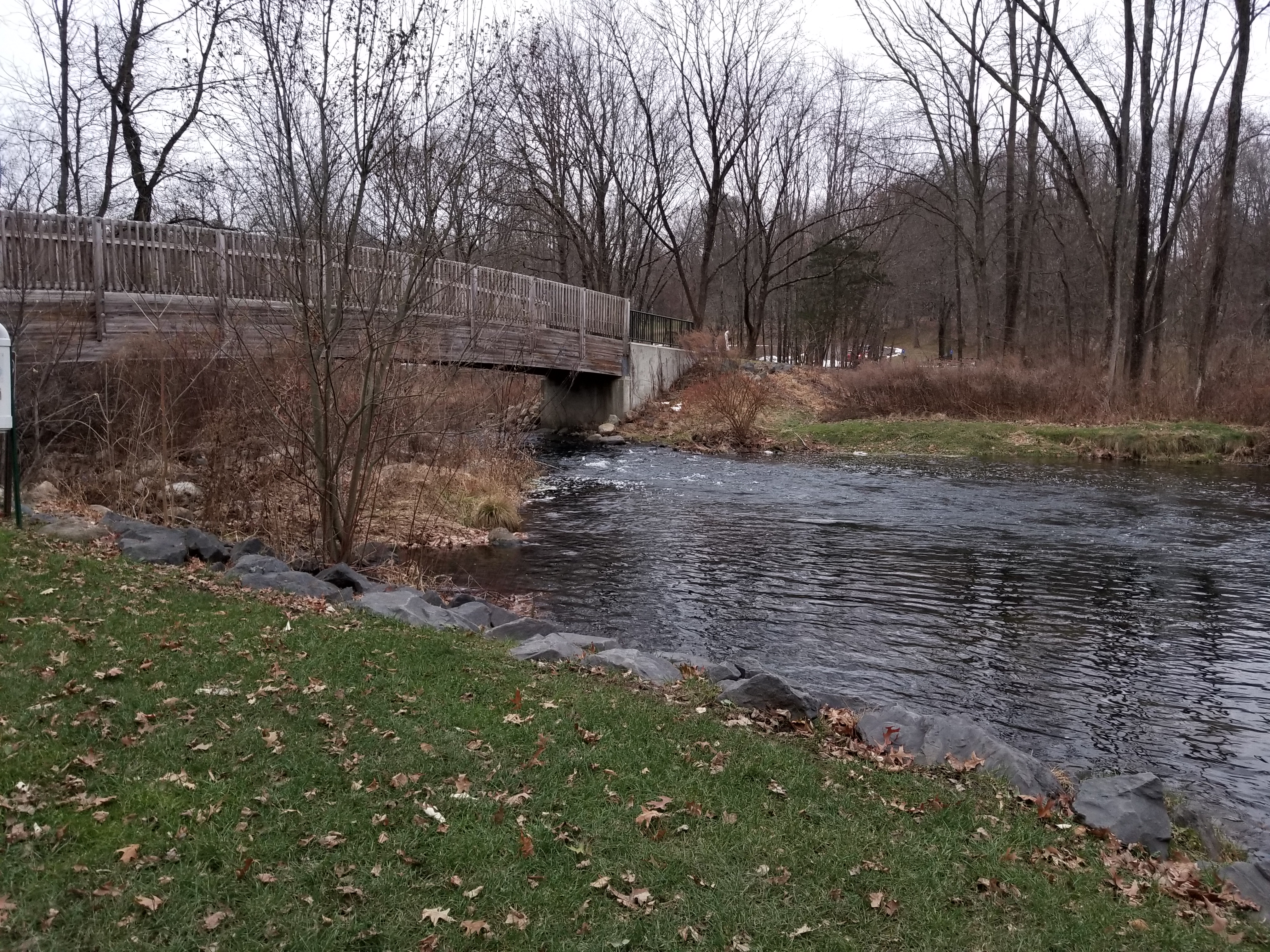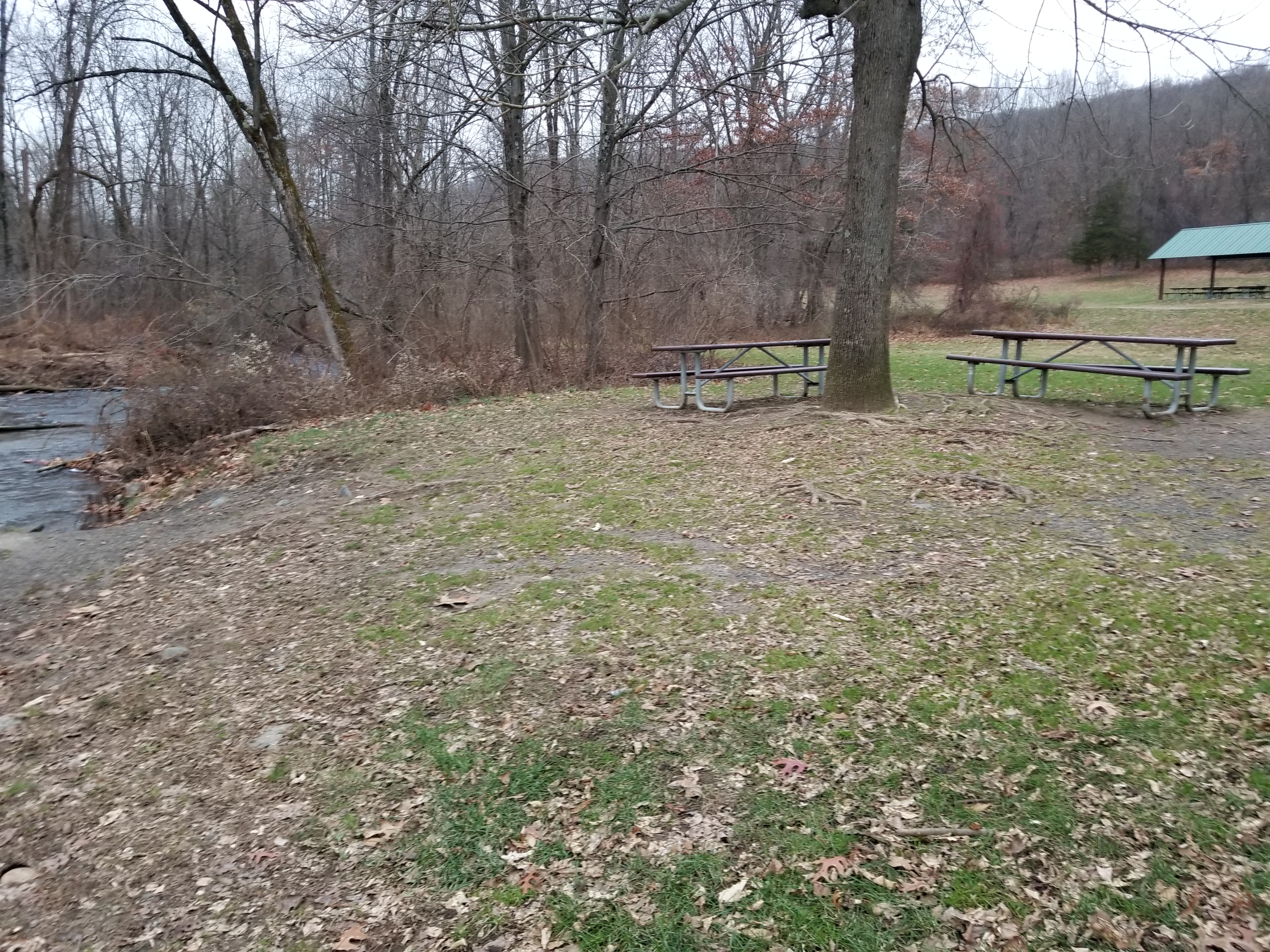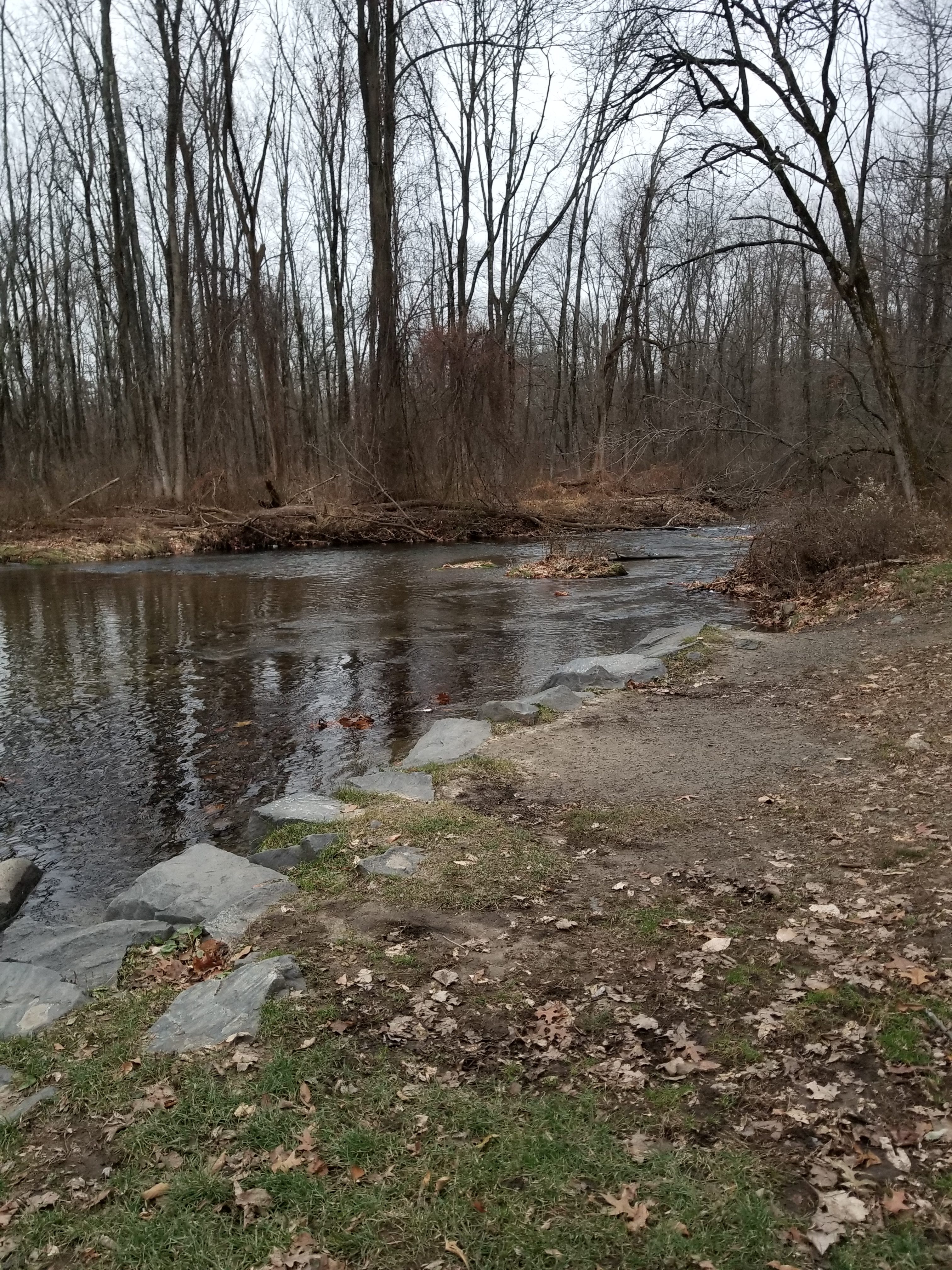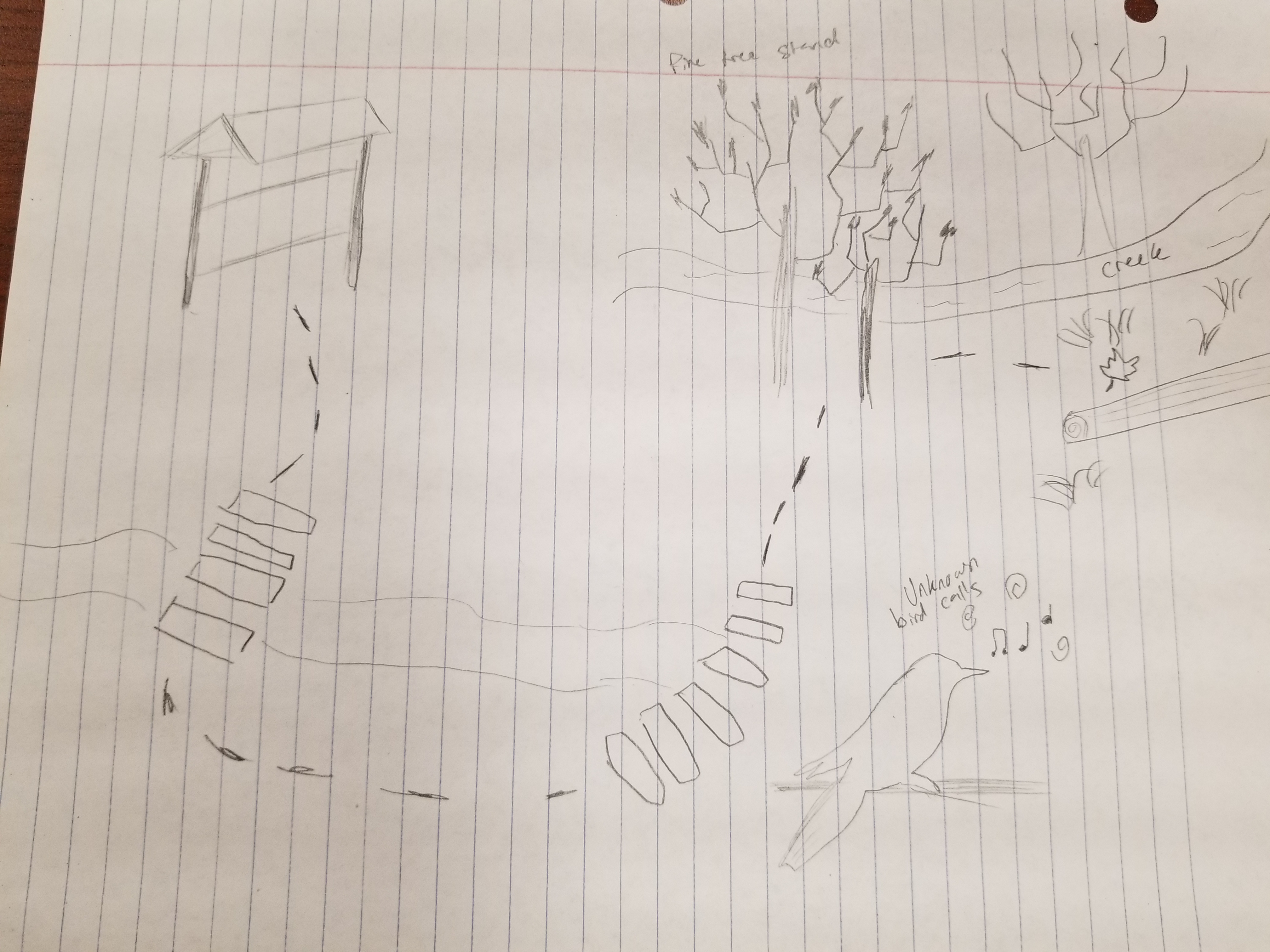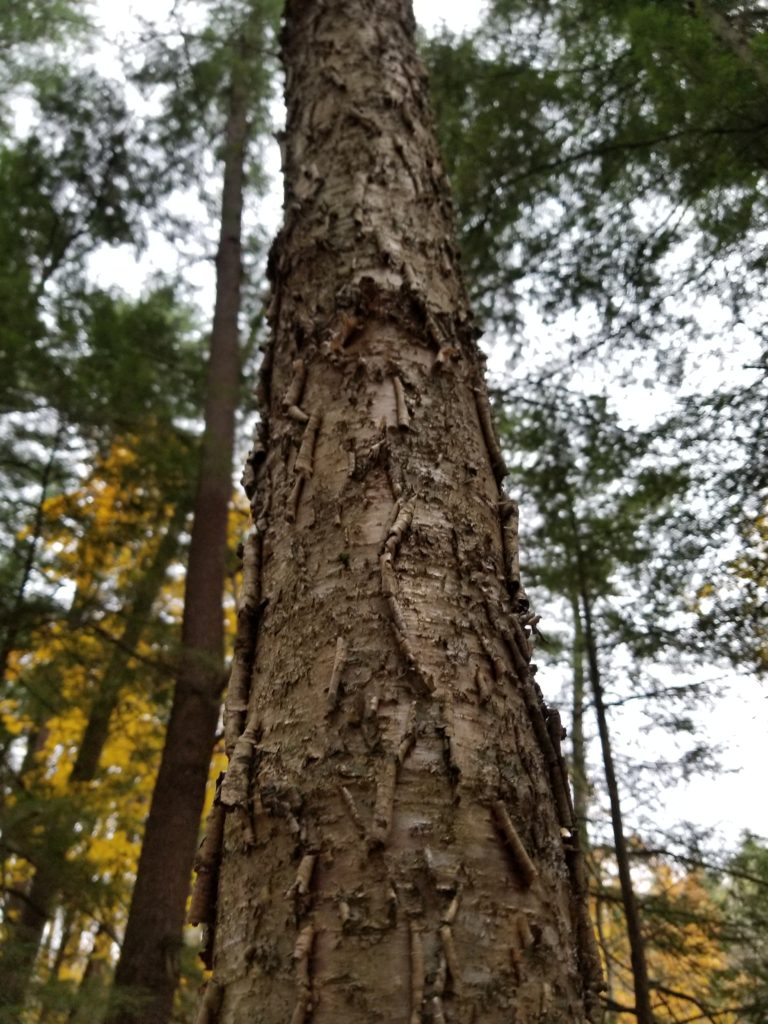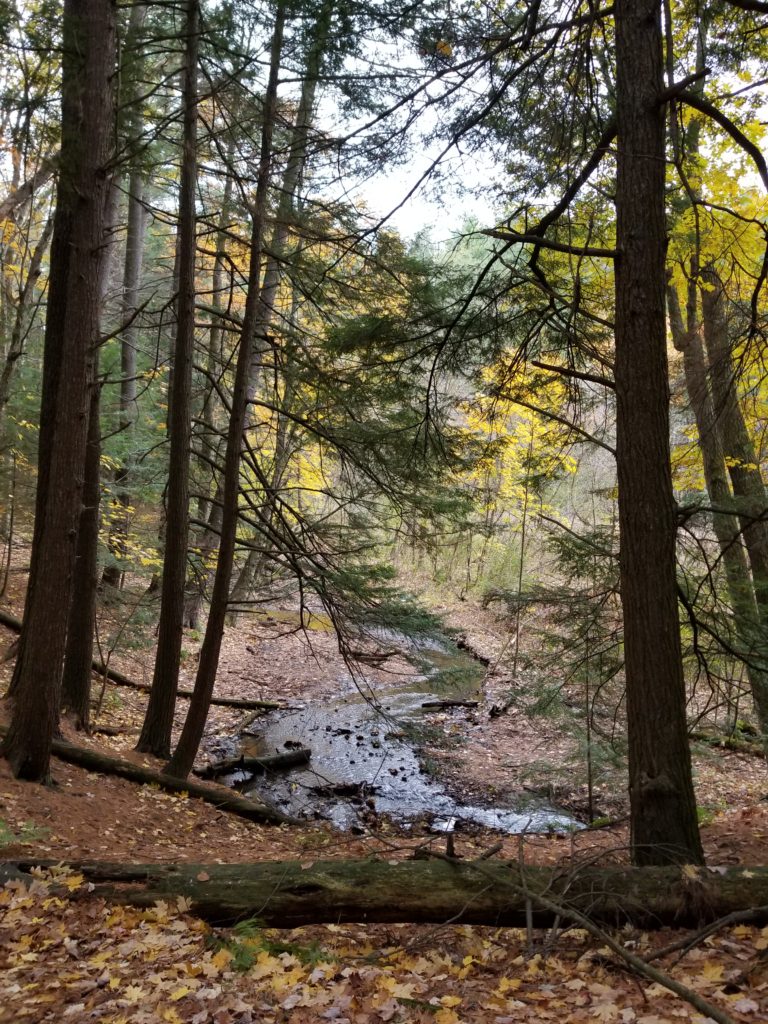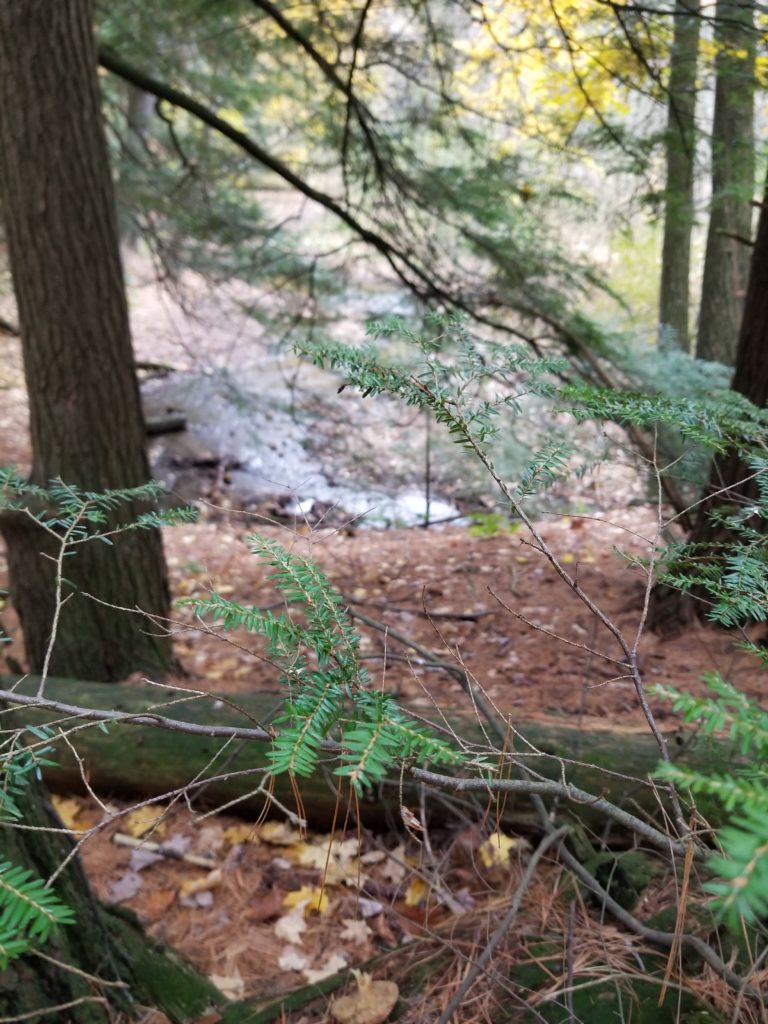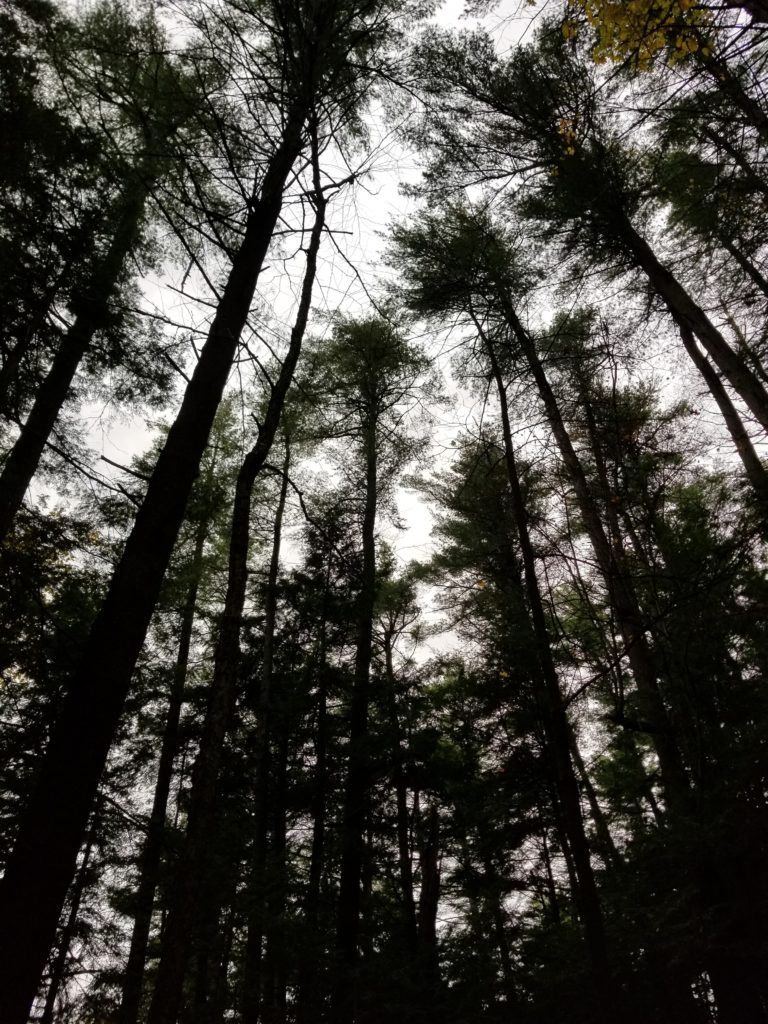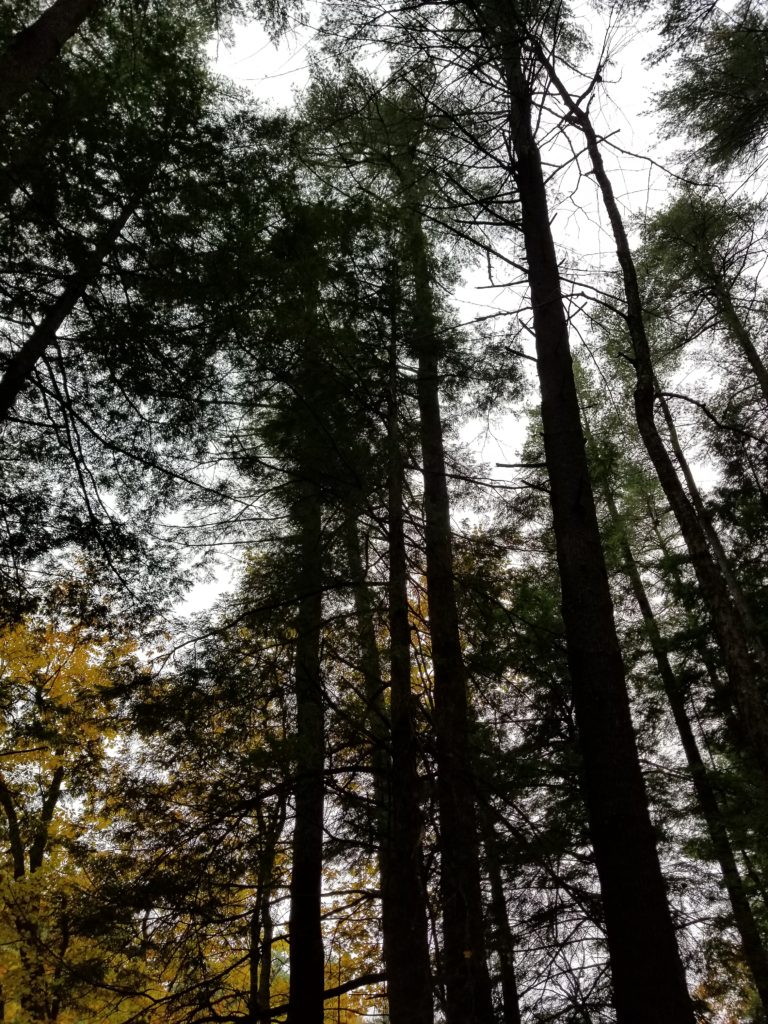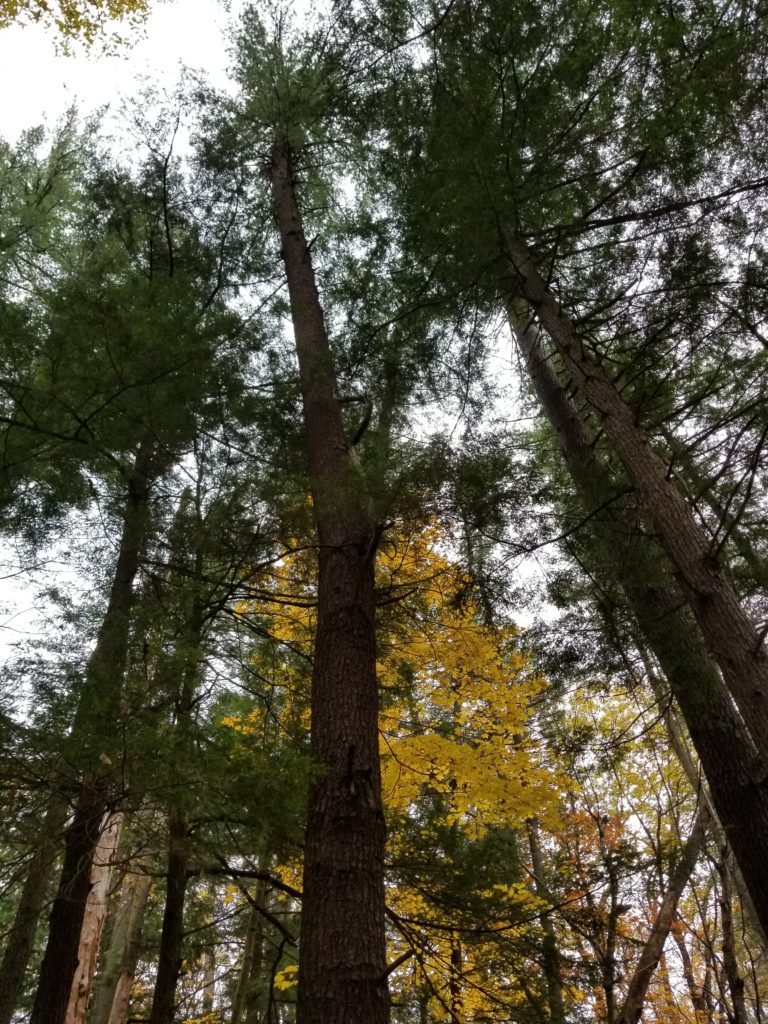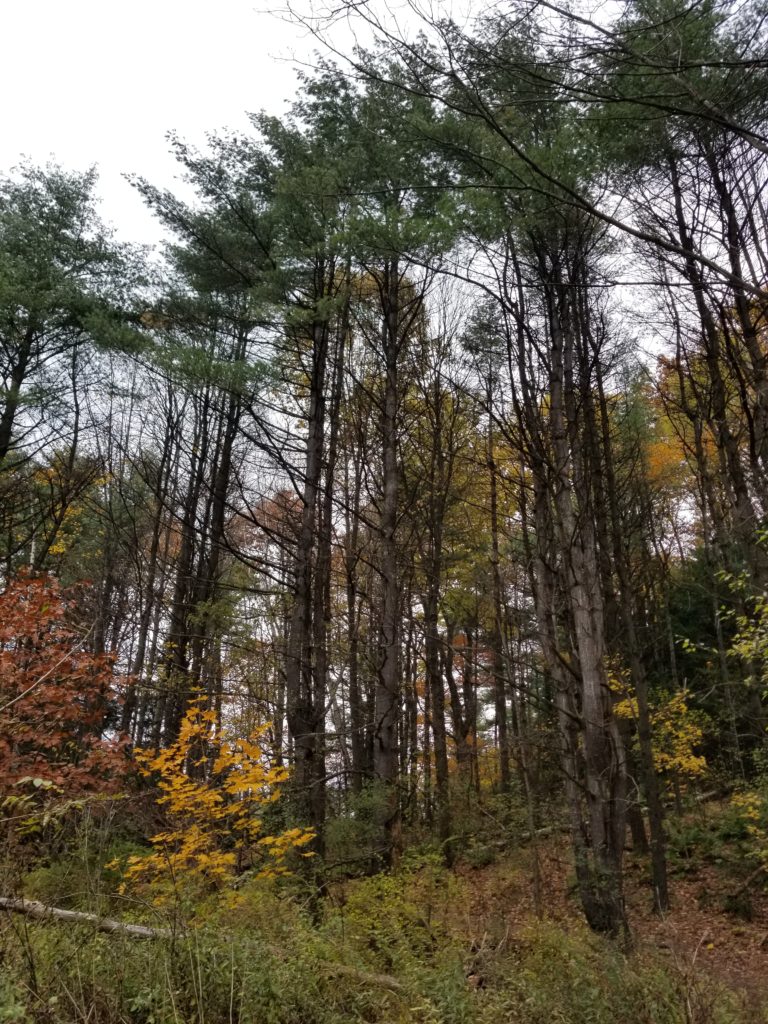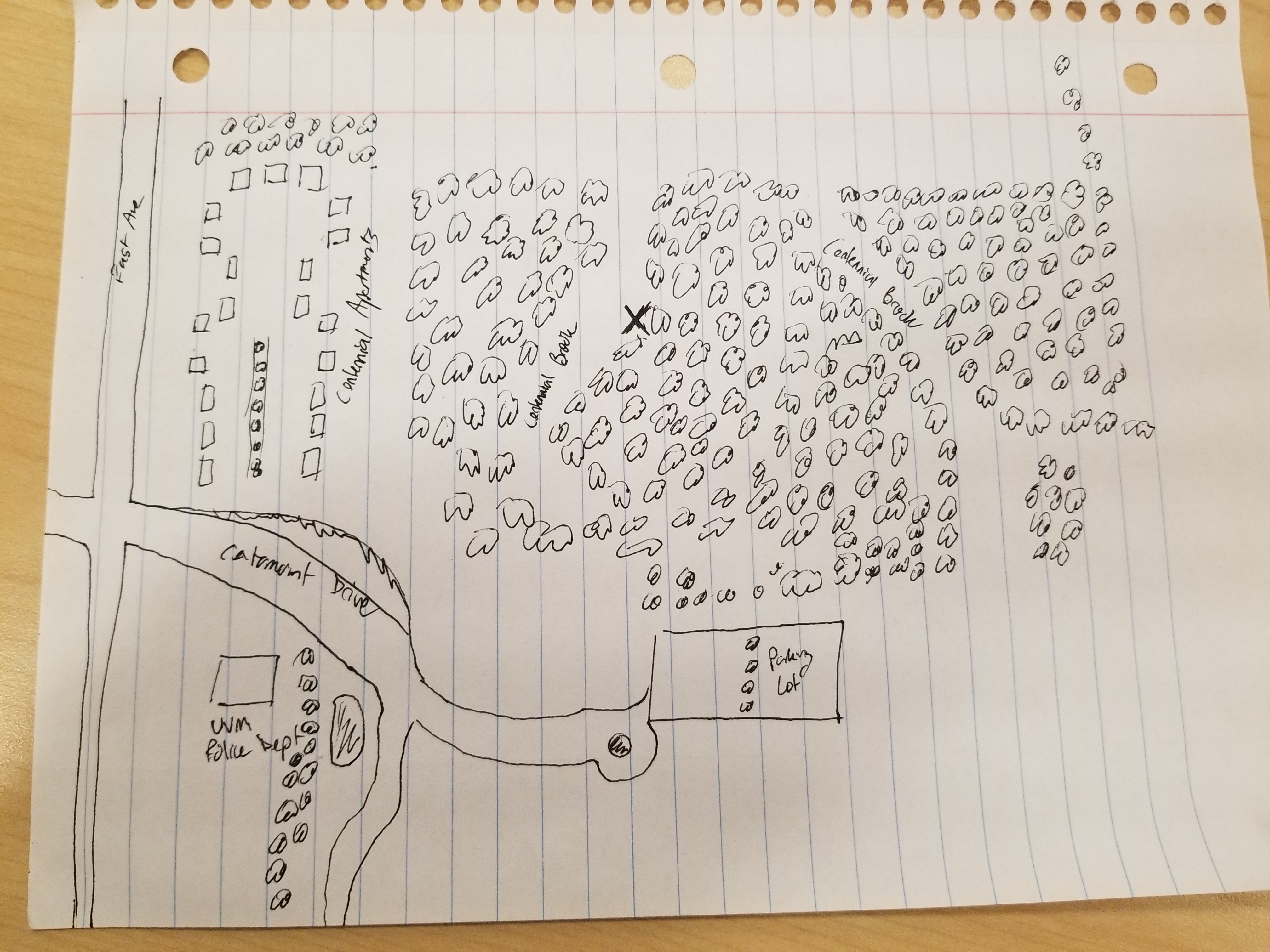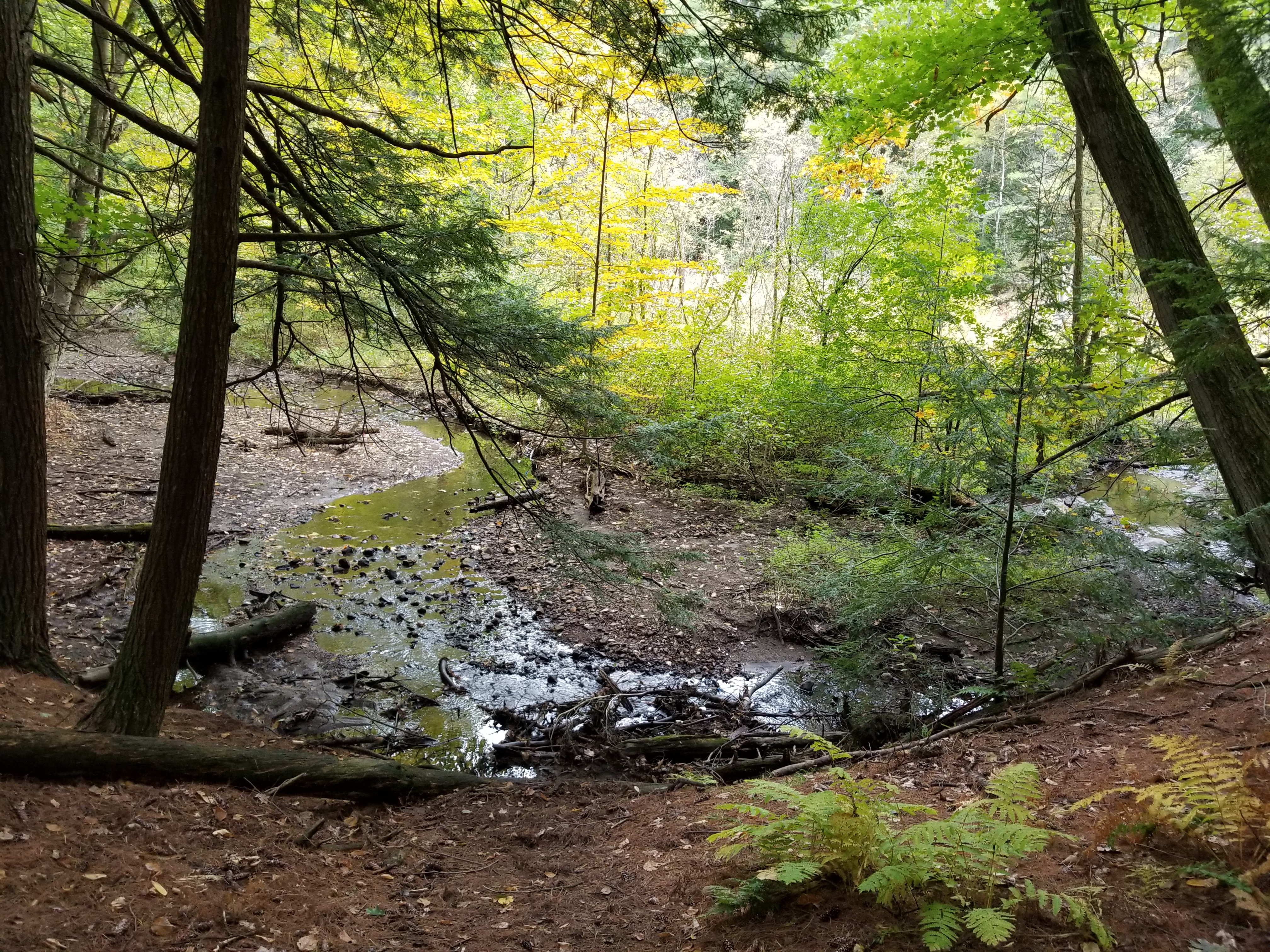Although I struggled to see much wildlife and vegetation I could explicitly name, I thought it would be important to talk about the vast wildlife and vegetation communities that exist in centennial woods.
According to iNaturalist, here are many frogs that I did not come across upon my visits to my phenology site, some of these include: the Green frog and Wood frog. Garter snakes are also present. And although I didn’t see any, the Pileated, Hairy, as well as the Downy Woodpecker have all been present in Centennial Woods. There are vast amounts of bird species ranging from the small Ruby-throated Hummingbird to the Turkey Vulture. The White-Tailed Deer and Common Raccoon are also present. There is a plethora of wildlife species present in Centennial Woods, it’s honestly incredible!
Learning more about the vegetation in my phenological site has helped me to further my appreciation for it. There were many ferns and small shrubs that grew in abundance along the forest ground, but standing tall were trees like Eastern White Pine, Eastern Hemlock, Sugar Maple, and Red Maple. Eastern Hemlock definitely served as the most abundant and noticeable species around my site. Eastern Hemlock is shade tolerant- which may explain why it was so abundant in my phenological site where it was always shady, not much light would pour through the canopy. This allotted for smaller standing trees with a small DBH for some of the trees.

